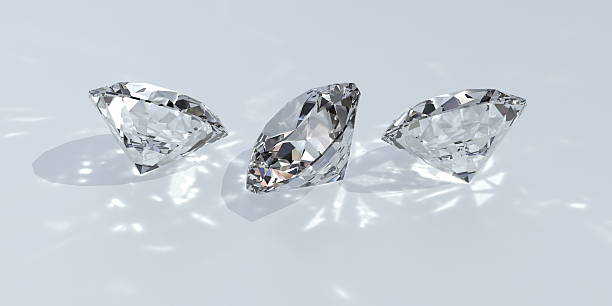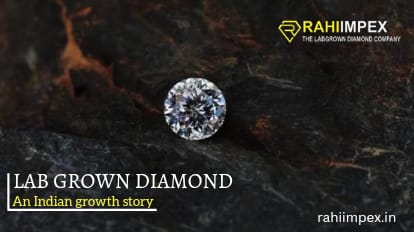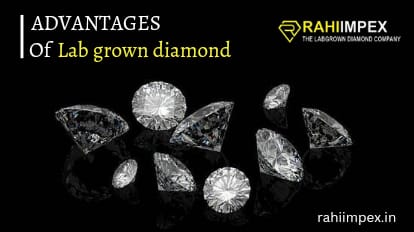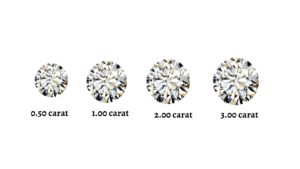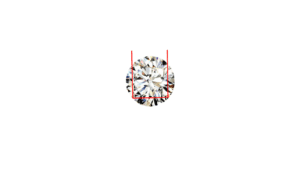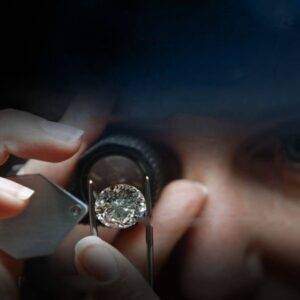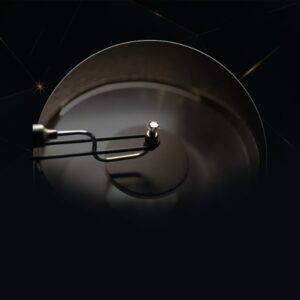Diamonds are a timeless symbol of love, luxury and commitment. They are one of the most sought-after gemstones in the world, and have been adored for centuries. But, not all diamonds are created equal. In fact, there are several different types of diamonds, each with their own unique characteristics and properties. Understanding the differences between these diamond types can make all the difference when it comes to purchasing diamond jewelry. In this ultimate guide, we will explore the different types of diamonds available, including natural diamonds, CVD diamonds, and lab-grown diamonds, to help you make an informed decision when purchasing diamond jewelry. Whether you’re in the market for an engagement ring, wedding band, or simply a beautiful piece of diamond jewelry, this guide will provide you with the knowledge you need to make an informed purchase.
CVD Diamonds
CVD diamonds, also known as synthetic diamonds, are created using a chemical vapor deposition process. In this process, carbon atoms are deposited onto a substrate under high temperatures and pressures, resulting in a diamond structure. CVD diamonds are often used for industrial purposes, such as cutting and drilling, but are also becoming increasingly popular in the jewelry market. They are available in a wide range of colors and are a more affordable option than natural diamonds.
Lab-Grown Diamonds
Lab-grown diamonds, also known as cultured diamonds, are diamonds that are created in a laboratory setting using advanced technology. They are created by replicating the natural diamond-forming process, resulting in a diamond structure that is virtually identical to that of a natural diamond. Lab grown diamonds manufacturer are becoming increasingly popular in the jewelry market, as they are a more sustainable and ethical option than natural diamonds. They are also more affordable, without any compromise on quality and beauty. Lab-grown diamond jewellery is also gaining popularity.
Choosing the Right Diamond
When choosing a diamond, it’s important to consider the 4 C’s: carat weight, cut, color, and clarity. Carat weight refers to the size of the diamond, with one carat equaling 0.2 grams. Cut refers to the diamond’s symmetry, polish, and proportions. Color refers to the diamond’s absence of color, with the highest quality diamonds being completely colorless. Clarity refers to the diamond’s internal and external blemishes and inclusions.
When it comes to choosing between natural, CVD, or lab-grown diamonds, it’s important to consider your personal preferences, budget, and ethical considerations. Natural diamonds are considered the traditional choice and are highly valued for their natural beauty and rarity, but they can be quite expensive. CVD diamonds are a more affordable option, but they are not as durable as natural diamonds. Lab-grown diamonds are a sustainable and ethical choice that is becoming increasingly popular in the jewelry market.
lab grown Diamond Types & Qualities?
Lab-grown diamonds, also known as cultured diamonds, are created using advanced technology in a laboratory setting. They are created by replicating the natural diamond-forming process, resulting in a diamond structure that is virtually identical to that of a natural diamond. There are two main types of lab-grown diamonds: HPHT and CVD. HPHT (high-pressure high-temperature) diamonds are created by mimicking the natural process of diamond formation under high pressure and high temperature conditions. CVD (chemical vapor deposition) diamonds are created by depositing carbon atoms onto a substrate under high temperatures and pressures, resulting in a diamond structure. Both types of lab-grown diamonds are graded according to the same criteria as natural diamonds, using the 4 C’s: carat weight, cut, color, and clarity. They are available in various shapes, sizes, and colors, and are becoming increasingly popular in the jewelry market due to their sustainability and ethical considerations. Lab-grown diamonds are also considered to be more affordable than natural diamonds, without any compromise on quality and beauty. They are also gaining popularity as a lab-grown diamond jewelry. It’s also worth noting that lab-grown diamonds are generally considered as eco-friendly, as they don’t require mining and thus don’t contribute to the destruction of the environment.
Lab-Grown Diamonds: Understanding the Types and Characteristics of CVD and HPHT
There are two main types of lab-grown diamonds : CVD (Chemical Vapor Deposition) and HPHT (High Pressure High Temperature).
CVD diamonds are created by using a chemical process to deposit carbon atoms onto a substrate, which then form into diamond crystals. These diamonds are typically less expensive than natural diamonds and are often used in industrial applications.
HPHT diamonds are created by mimicking the high pressure and high temperature conditions that occur naturally in the Earth’s mantle. These diamonds are typically more expensive than CVD diamonds and are often used in jewelry.
Both types of lab-grown diamonds are physically and chemically identical to natural diamonds, and they are also visually indistinguishable from natural diamonds.
When it comes to lab-grown diamond jewellery, both CVD and HPHT diamonds can be used. The use of lab-grown diamonds in jewelry is becoming increasingly popular because they are more ethically and sustainably sourced than natural diamonds and are often less expensive. They are also beautiful and elegant, and make for great diamond jewellery.
In summary, both types of lab-grown diamonds are physically and chemically identical to natural diamonds, and can be used to create beautiful diamond jewellery. CVD diamonds are typically less expensive and used for industrial applications, while HPHT diamonds are typically more expensive and used for jewellery.
Classifying Diamonds: An Overview of the Different Types and Characteristics
In addition to the different types of lab-grown diamonds, there are also various characteristics that can be used to classify them. These include:
Cut: The cut of a diamond refers to the symmetry, proportion, and finish of the stone. A well-cut diamond will have a good balance of fire, brilliance and scintillation.
Color: Lab-grown diamonds color come in a range of white, yellow, pink, and even blue. The color of a diamond is determined by the presence of impurities or structural defects.
Clarity: Clarity refers to the presence or absence of inclusions and blemishes in a diamond. Lab-grown diamonds can have similar clarity grades as natural diamonds, ranging from flawless to included.
Size: Lab-grown diamonds can come in a range of sizes, from very small to large. The size of a diamond is measured in carats.
By considering the combination of these characteristics, one can classify lab-grown diamonds and differentiate them from natural diamonds.
